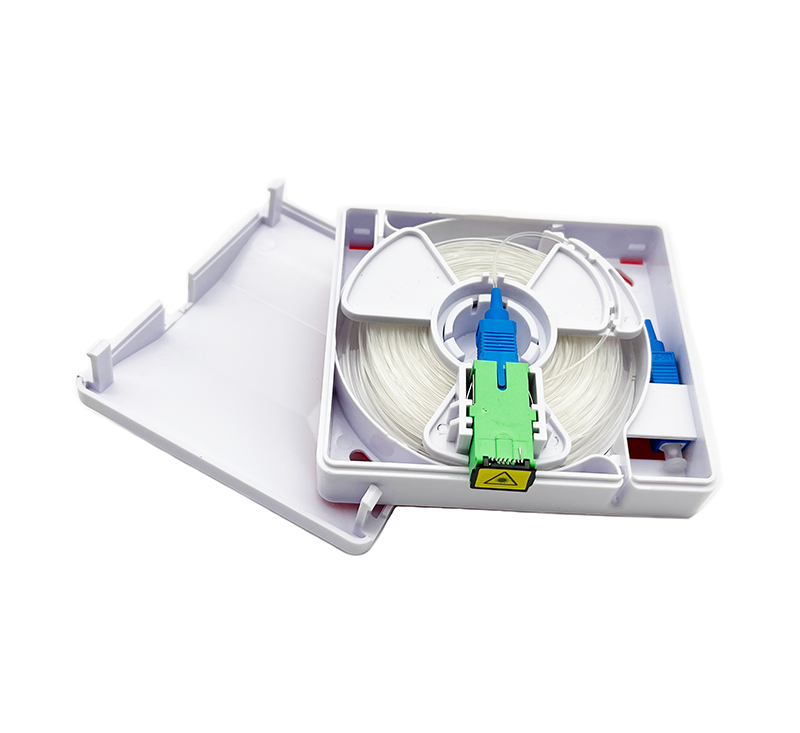Nowadays, with the surge in data business, people have higher requirements for the number of data transmission and capacity, the construction of large data centers is increasing, and 10G transmission has been gradually used. According to the weak electric cable manufacturer Datang Jiexun, the implementation of 10G transmission includes two types: 10G fiber and 10G copper cables. Taking the twisted pair as an example, the current mainstream CAT6A and 7 cables can support 100 meters from 10 meters. The power consumption of each port is about 10W, and the delay time is about 4 microseconds.
The 10GBASE-SR short-wavelength fiber module is usually used to optimize the multi-mode optical fiber through OM3 laser. It can support a maximum of 3 million megama transmission. The power consumption of each port equipment is about 3W, and the delay time is less than 1 microsecond. Therefore, in comparison, the optical fiber network has the advantages of low latency, long distance, and low power consumption.
In addition, the ADSL broadband based on telephone lines has gradually been replaced by "optical fiber households", and the data center wiring system is increasingly using optical fiber networks. According to the survey report, the number of optical fiber ports in data centers in the world has exceeded the copper cable port, and users are facing the current status of increasing number of fiber fiber ports in the cabinet and higher and higher density. High -density optical fiber management in the era of big data is facing two major challenges.

First, the physical protection of the fiber optic cable
Excessive bending is the main cause of additional loss during optical signals during optical fiber. The optical loss caused by the optical fiber bending of the naked eye becomes a macro bending loss. Therefore, protecting the bending radius is an important factor in ensuring the performance of optical fiber. Generally, the radius of the bending radius during installation in the industry is at least 20 times the diameter of the cable. If it is fixed, it should be maintained at least 10 times. Most of the time, the excess fiber jumping line cannot meet the curved radius requirements when the turning is around.
Fiber cables, especially the fiber jumping line, is relatively fragile. It is necessary to pay attention to physical protection. In particular, pay attention to the protection of the fiber transition site-tail fiber measuring point and the base of the jumper. The remaining tail fiber storage function.
Second, the maintenance of data centers
The life cycle of the data center wiring system is about 5-10 years. In this time period, the integrated wiring system will experience a large number of maintenance work, including increasing and changing. If the wiring system is neat and beautiful when the wiring system is completed, and then it becomes messy, then the cable lacks planning and design, lack of wiring channels. For example, the curved radius is not protected, and the jump line can only waste a lot of time to find, and the port idle causes waste of resources.
Third, the high -density optical fiber wiring system must consider thoughtful
A well -designed high -density optical fiber wiring system can maximize the system maintenance time and improve reliability, so that the wiring system provides the maximum available ability throughout the life cycle.
To this end, we must first provide the optimized design cable wiring channel. The optimized design of the channel should include the protection of the bending radius of the jump line. It has sufficient cable capacity and easy to increase and remove. In addition, the optical fiber plug size of the high -density optical fiber wiring system is small and tightly arranged. The plug -in operation of a fiber -fiber port cannot affect the adjacent fiber port.










